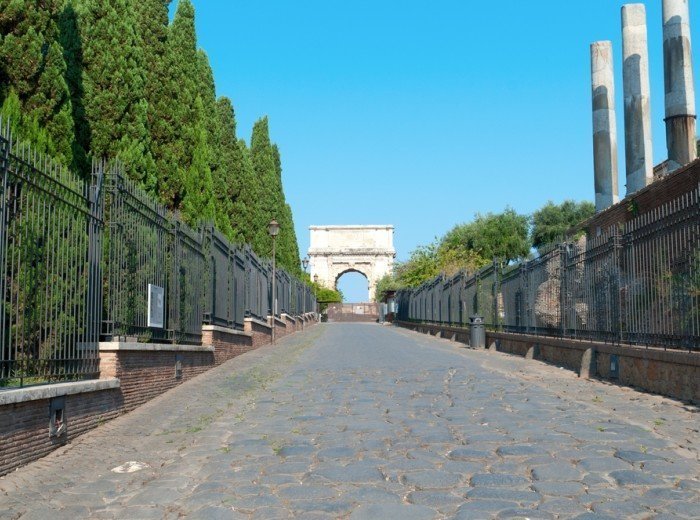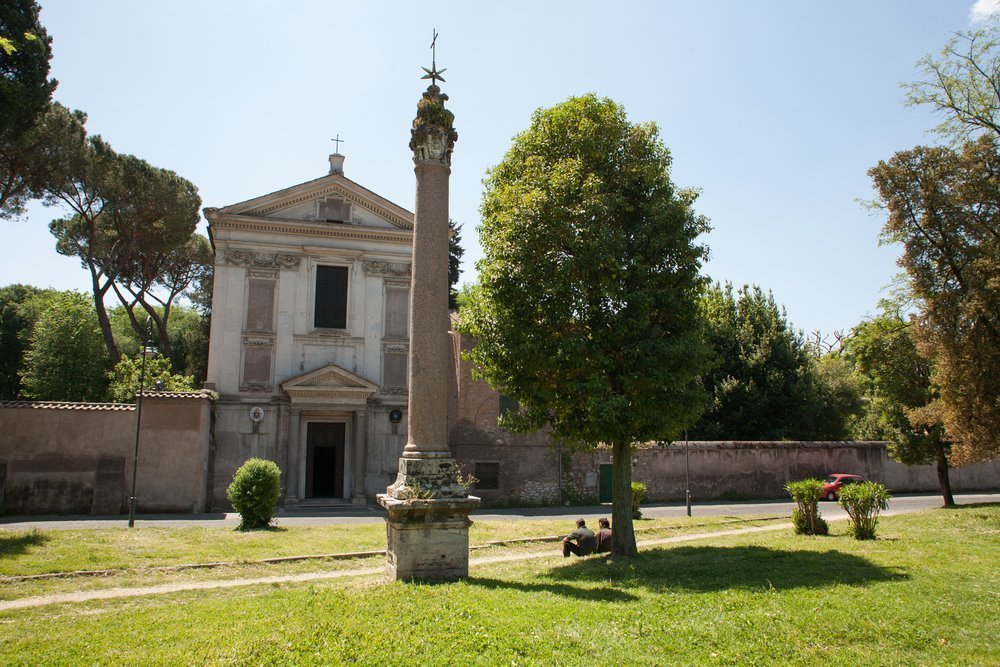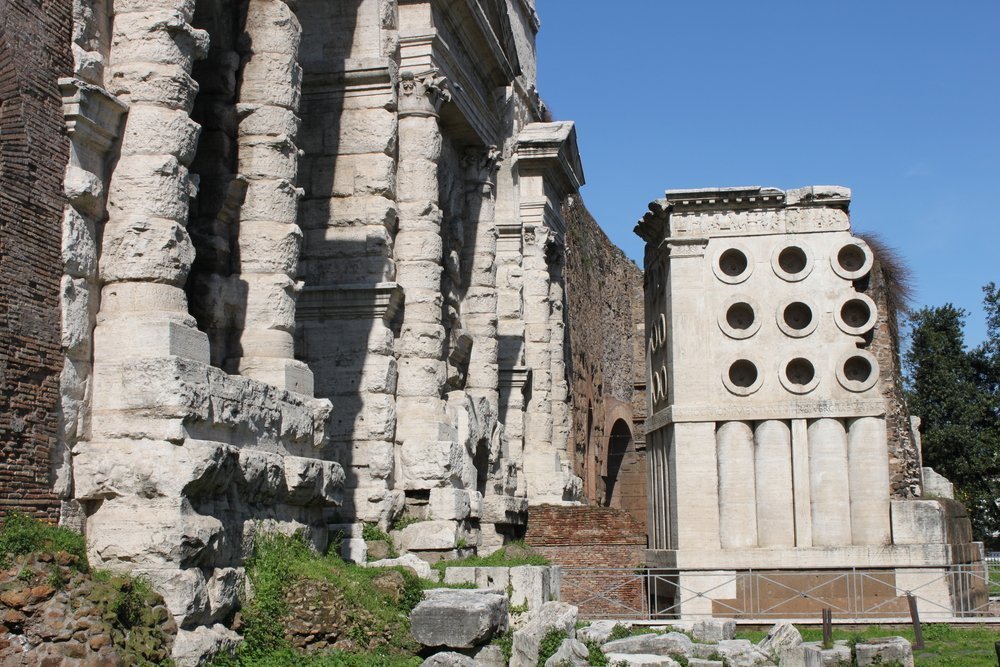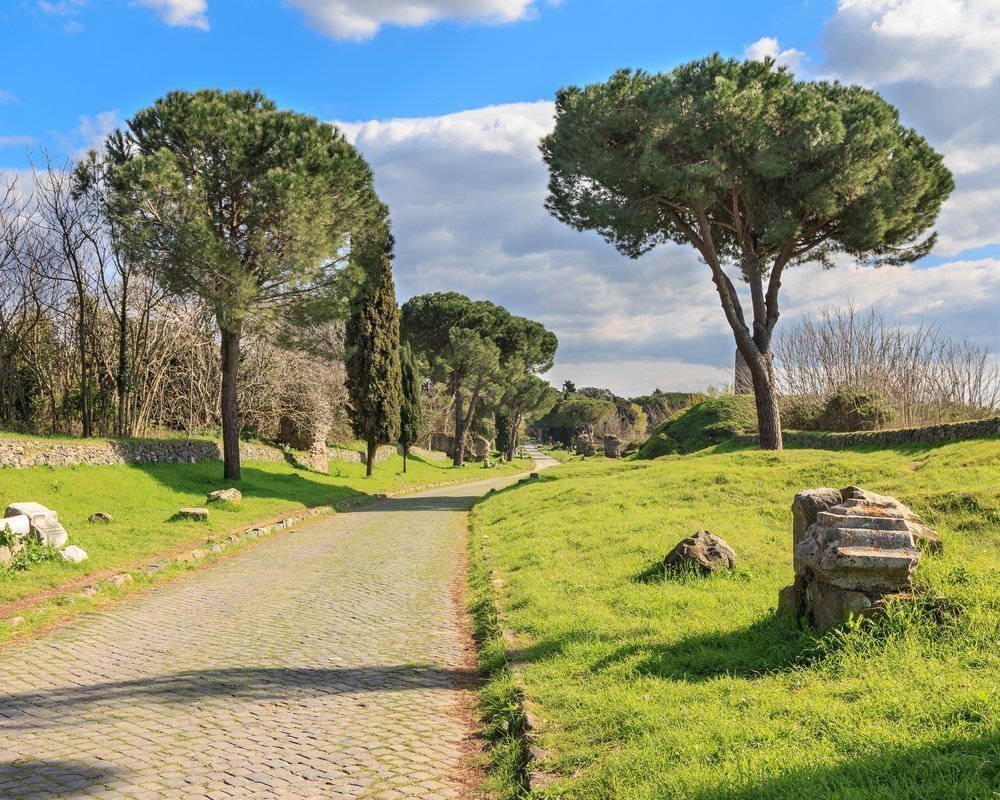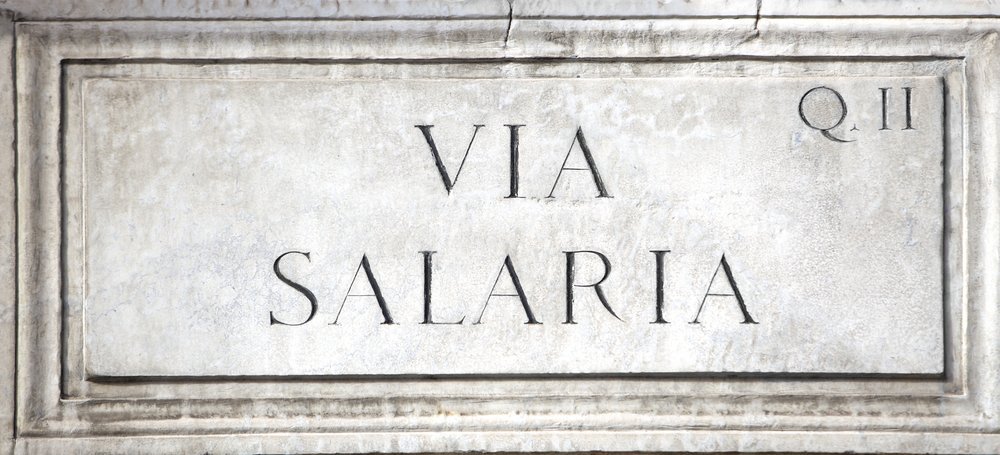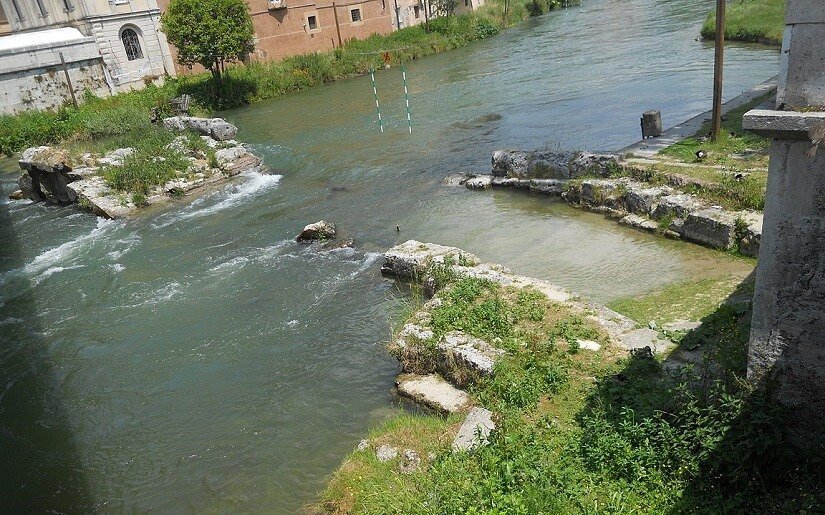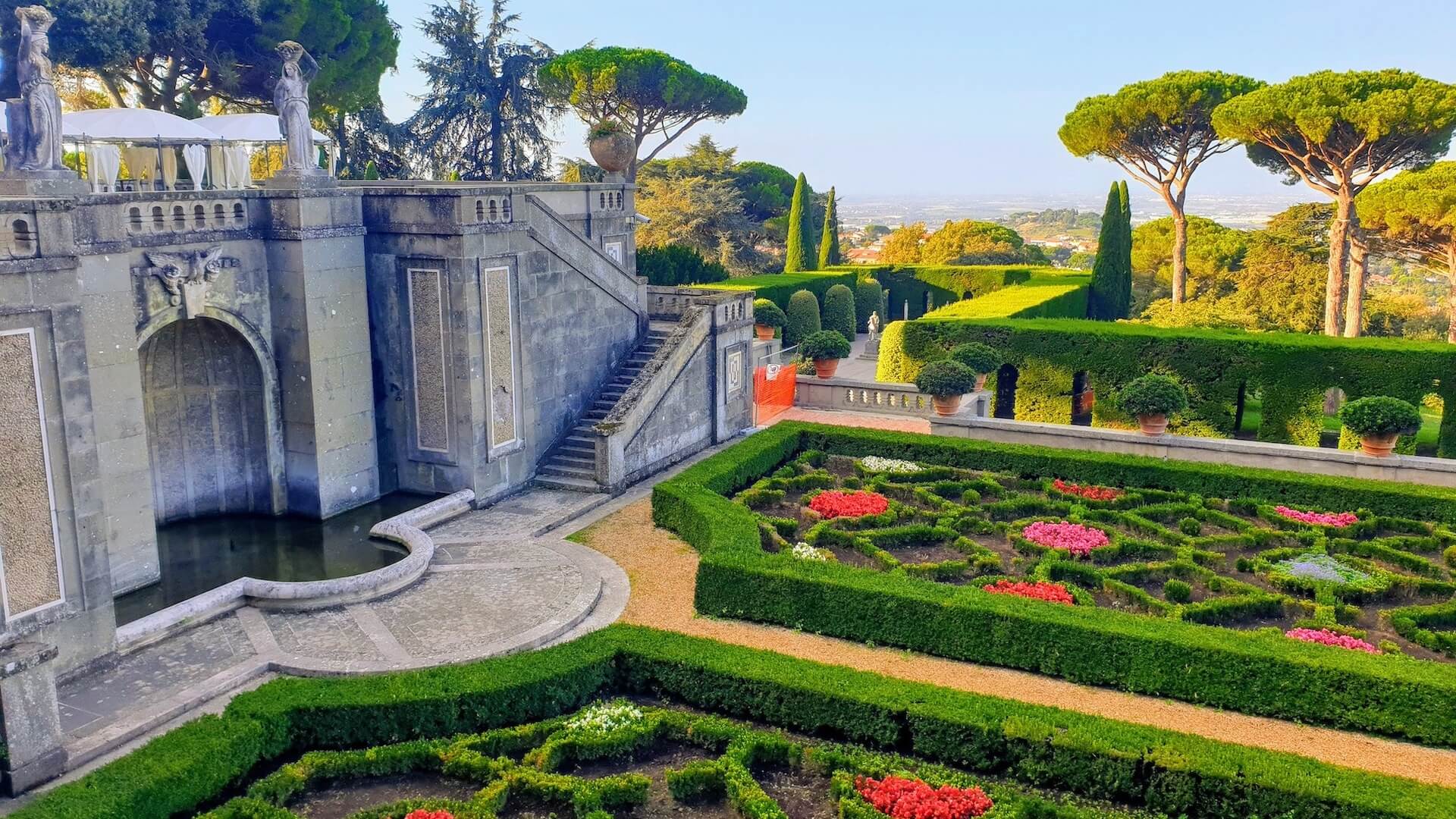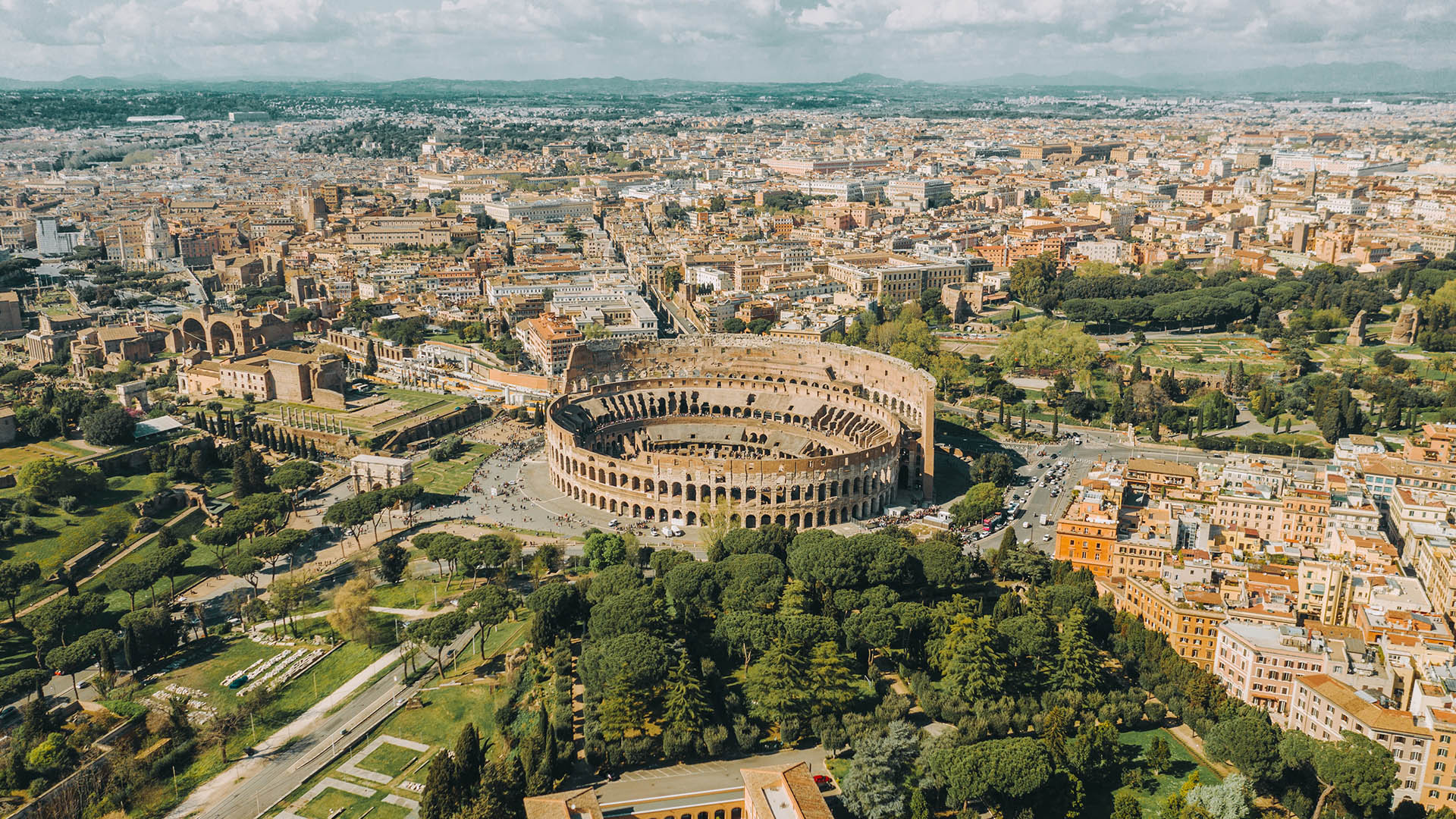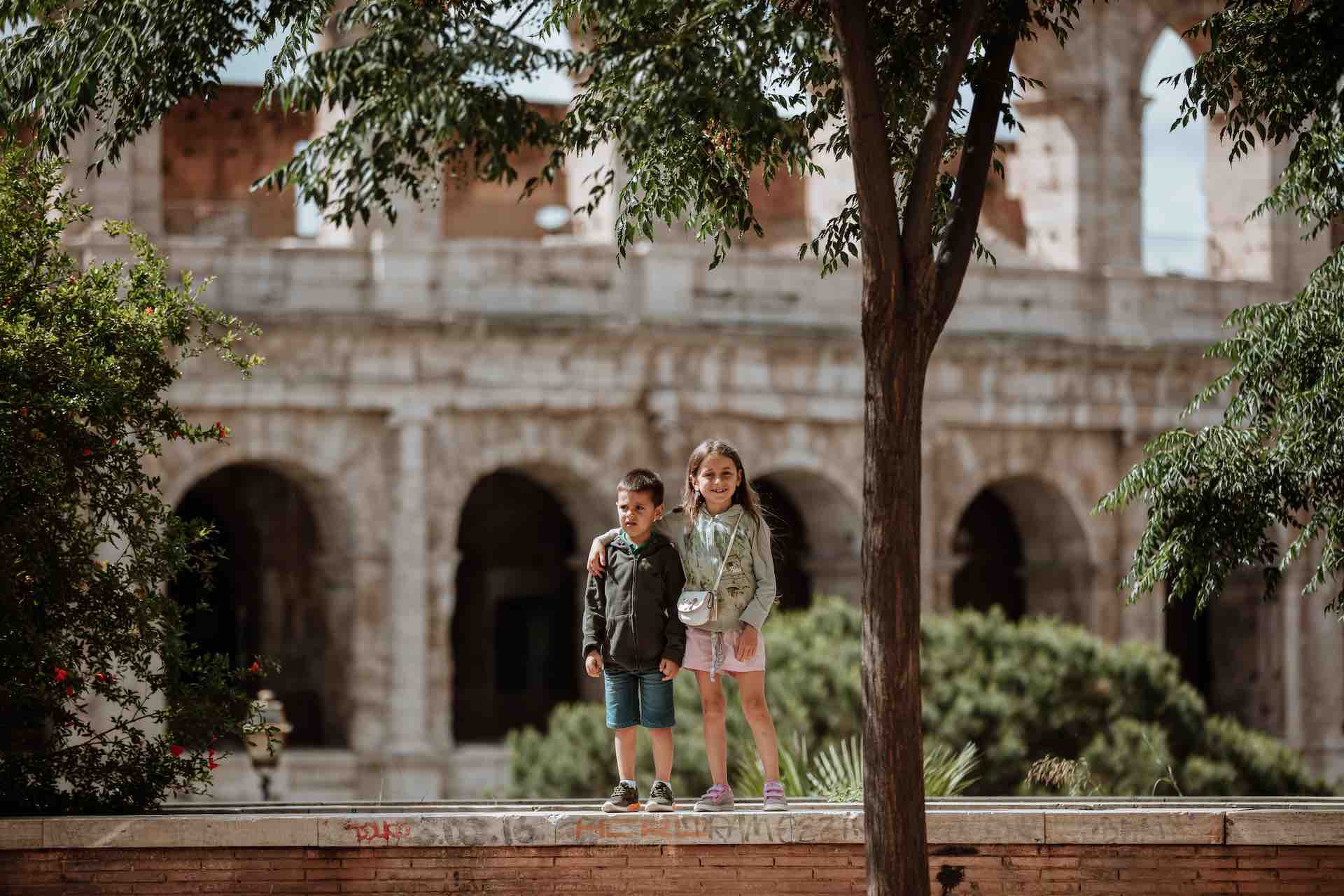Ancient Rome is famous for its ingenuity, and one of the best expressions of such ingenuity came in the form of architecture and engineering.
Visit the ancient Roman aqueducts or architectural wonders like the Pantheon or Colosseum and you can’t help but feel awestruck at the sheer scale and ambition of these monuments, especially given the vast chronological chasm of some 2,000 years that separates us from them. Yet one of the most lasting legacies of Roman engineering that has become a fundamental part of global daily life is the roads.
All 10 of Rome’s consular roads issue from the former global capital, hence the expression ‘all roads lead to Rome’.
In today’s post, Walks Inside Rome guide you through the most important consular roads of Rome and what you can find along them.
Via Latina
Running 147 miles from Rome to the south of Italy, the Via Latina dates from around 334 BC, making it one of the oldest of the consular roads of Rome.
Like the Via Appia Antica (which we’ll look at in a moment), the Via Latina was lined with catacombs. Some date back as far as the 4th century AD, making them among the earliest places of refuge and burial for Rome’s Christian population.
Were you to walk five days down the Via Latina, you’d reach the ancient city of Capua – a Latin city most famous for its gladiator school from which a certain Spartacus made his getaway.
Via Praenestina
Named because it connected Rome to Praeneste (the modern city of Palestrina in Lazio), the Via Praenestina.
It was along the Via Praenestina that the Alexandrian aqueduct ran, an aqueduct that stretched from its source along the River Anio to the Baths of Alexander Severus in the center of Rome.
Appian Way
Started in 312 BC by the Roman magistrate Appius Claudius Caecus (Appius Claudius ‘the Blind’), the Appian Way was the second oldest yet most significant of the consular roads of Rome.
Issuing from Rome to the southern Italian city of Brindisi, the Appian Way was built in response to a war Rome was fighting with her neighbors to the south. Recognising the need to quickly mobilise forces, the Romans got to work building a road that ventured into the heart of Samnite and Etrurian territory.
It was a success, Rome defeated Etruria in 311 BC and Samnium 10 years later to become the dominant power on the Italian peninsula. Subsequent leaders and emperors extended and repaired the Appian Way over the coming centuries, but its core remains intact, exhibiting the mastery of Roman engineering with its tightly inlaid stone road and the drainage run-off on either side.
What makes the Appian Way one of the most intriguing attractions in Rome are the numerous tombs, funerary monuments, and catacombs that run alongside it. The constant threat of disease in the tightly packed ancient city meant that burial was forbidden within the city walls of Rome.
Hence, from soon after the Appian Way’s construction, Rome’s rich and famous began constructed post-mortem real estate alongside this consular road of Rome. Because the Appian Way shoots south as straight as an arrow, it is a pleasure to walk or cycle if you’re looking for ideas for your day trips from Rome. It also means that vast stretches of the road have been found the entire length of central and southern Italy.
Below are our most popular tours taking you along the Appian Way:
- Appian Way Bike tour
- Appian Way and Roman Aqueducts tour
- Catacombs and Appian Way tour
- Appian Way and Jewish Catacombs tour
Via Salaria
Issuing from Rome to the Adriatic Sea, the Via Salaria derives its name from its primary function during antiquity. It was along this ancient consular road that the Romans transported salt (sal, in Latin), gathered on the Adriatic and imported into the city to be used as a food preservative.
The Via Salaria ran for a distance of 150 miles. It passed – and indeed still passes through – the town of Rieti, the capital of the Sabina region in Lazio. If you recognise the name, that would be because it was here that the ancient Sabines lived – the wives of whom were abducted by the Romans during games held in the Sabines’ honour in the Circus Maximus.
In fact, if you visit Rieti you can still see the remains of one of the many Roman bridges that ran along the Via Salaria (though in the case of the photo below you can see that many haven’t fared as well as many of the ancient bridges in the capital).

